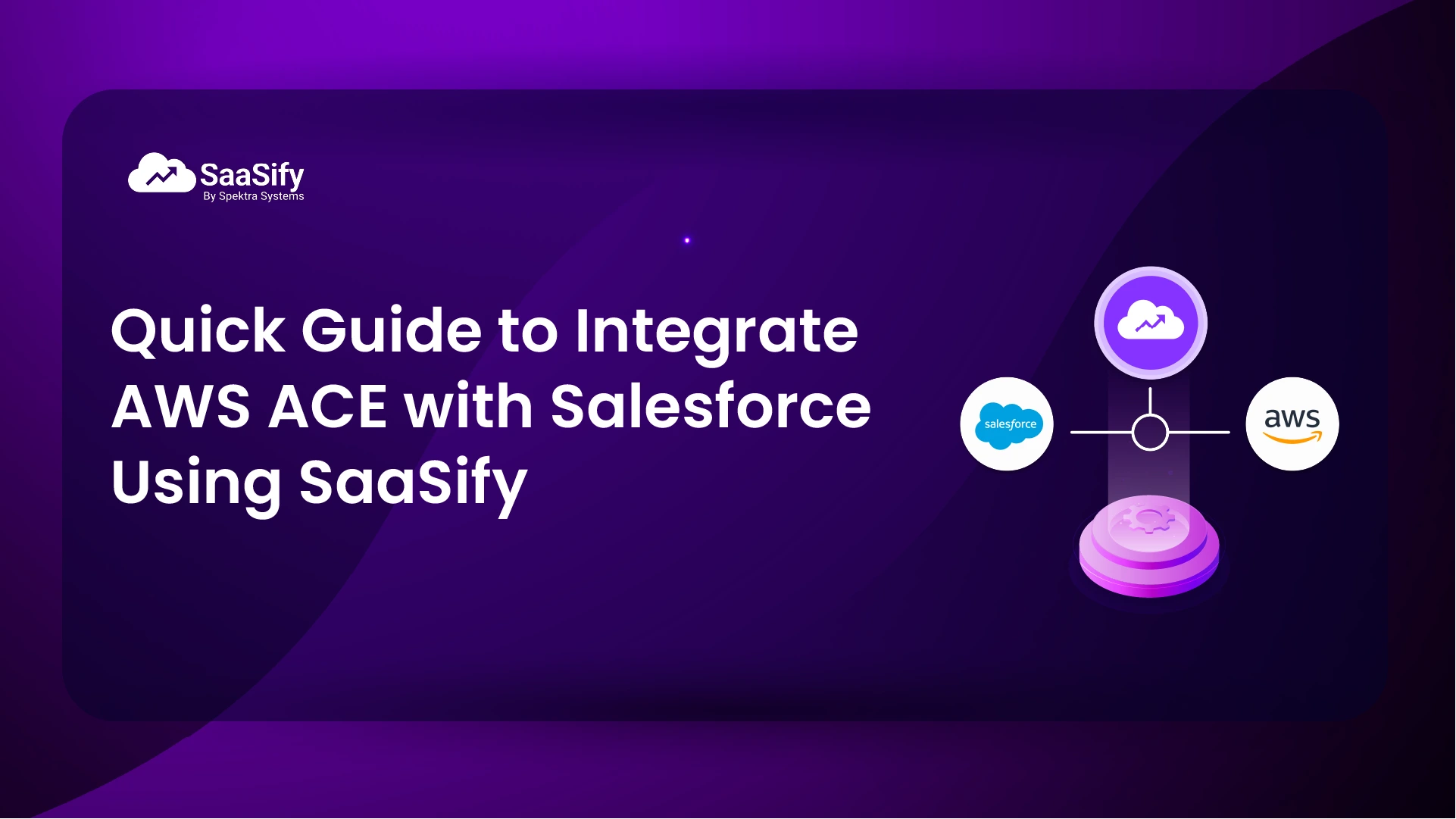Creating a value proposition for cloud marketplace customers
Literally speaking, a value proposition is essentially the value or the benefits that the customers will be able to derive if they purchase your solution. However, simply stating the benefits without context, impact and use cases will seldom reap any impact. Therefore, to boost your sales and to add that winning streak to your marketing strategy, you need to create a value proposition that is unique and which resonates with your customer. Here, it is very important to understand that the same value proposition will not be applicable across customers. Customers from diverse industries and with dynamic needs will be attracted towards different value propositions of your cloud marketplace solution. Thus, you need to ensure that you create multiple value propositions to suit different customer personas for your SaaS solution.6 steps for a winning value proposition
Based on inputs from our marketplace experts from their experience of working with ISVs across the globe, we have identified 6 steps which can help you to create a winning value proposition. These 6 steps can help you get started with high powered sales by reaching the right customers in the right way.1. Identify the triggers for purchase
A new technology or SaaS solution isn’t something that organizations buy just out of the blue. More often than not, there are instances or events that trigger the necessity for the purchase. As an ISV, your value proposition must take into account such purchase triggers. For instance, if you are a security ISV, a potential trigger could be a rise in cyber attacks for a said industry or maybe the organization underwent a threat or is at the risk of it. Potential triggers generally include growth in the near future like mergers which might necessitate the need for a new SaaS solution, fear of losing out in the race with competitors adopting new solutions, apprehensions about risks, etc. Whatever the trigger may be, your value proposition should address that as being the perfect solution for it.2. Understand the customer
Your knowledge of triggers for purchase must be supplemented with an understanding of the customer you seek to serve. Customers from diverse industries or backgrounds can have similar purchase triggers. However, since their needs and expectations are significantly different, the value proposition will be unique for each. There are several facets which define your customer.- Understand what the customer seeks to achieve or is trying to get done through their business
- Identify the challenges, risks, pain points and problems they are facing which may be a roadblock in their way of achieving their intended goals or objectives
- Gauge the benefits or returns that the customer is seeking or the outcomes they wish to receive to further their growth/scale/impact
3. Bring the puzzle pieces together
Once you have a fair understanding about the purchase triggers and customer expectations, you can start building the first draft of your value proposition. The idea is to highlight some salient points which can make a compelling case, but keep it crisp and not make it a long solution description. There are three factors you need to capture in the first draft of your value proposition.- First, if you have multiple options within an umbrella of your solution, you need to identify the base of your value proposition i.e. are you creating a value proposition for your entire cloud marketplace solution or for an option within it. Make a coherent list of the offerings you want to cover.
- Second, you need to define the pain points your cloud marketplace solution will address. Out of the numerous challenges and pain points you have identified, pick a top few. If your value proposition calls out its ability to address all pain points, you will dilute the message. Thus, focus on which pain points you will address and how your solution will bridge the gaps/ challenges.
- Third, you need to clarify how your solution will lead to customer gain. While you are addressing the pain points and challenges, the overall emphasis has to be on the long term impact that will be achieved by solving the identified challenge.
4. Integrate a value addition
The three elements mentioned above are a good starting point. However, not enough to make a compelling sale. Till now, you have only addressed what the customers need, to take the value proposition of your cloud marketplace solution to the next level, you need to highlight a value addition that you are offering the customer. Here, you need to clarify what is the extra value you are able to generate or deliver which may not be a part of customer pains or gains today, but will be a defining factor for their success. Value addition like cost savings, high levels of quality, work optimization, etc. can be interesting examples to build your proposition. Put simply, what is the one or two additional things you can offer to the customer to facilitate greater delight and satisfaction.5. Create a compelling differentiation
The final element of the value proposition for your cloud marketplace solution is differentiating yourself from your competitors. Unless you have a very unique product, you are bound to come across others offering a very similar solution like you. Here, calling out some differences can be beneficial. Your competitive advantage can focus on the expertise you have, experience in terms of years you have been servicing a specific industry, testimonials, geographies served, exclusive knowledge, awards, etc. Data points like 99% customer satisfaction or others specific for your cloud marketplace solution can also be added. Finally, even your presence in the cloud marketplace can be a competitive advantage and factor of differentiation if others are still not there. Therefore, your value proposition needs to focus on why customers should choose your SaaS solution over others present in the market.6. Update and refine
Once you have your value proposition ready, you can go into the market and try it out. A few trials will help you refine it further. However, even your final version cannot be cast in stone. Since the pain points and expectations of your customers keep changing, as well as your offerings may grow, you will need to update your value proposition on the go. The idea is to relook at your cloud marketplace value proposition every few months, check if it is still relevant and make changes based on the above steps as necessary.Tested elements of an effective value proposition template
After a detailed understanding, here is quick snapshot of the tested elements that can help you build a winning value proposition/ sales template:- Name of your solution
- Your target audience with demographics and other specific information
- Key pain points and challenges
- Competitor mapping
- Key points of differentiation/ competitive advantage
- Expected results/ outcomes from the association for the customer
- Key messaging you want to share
- Clear call to action of what you wish to drive your customers towards
- Testimonials and data points to prove credibility



















